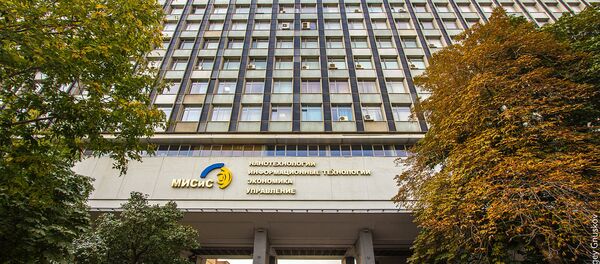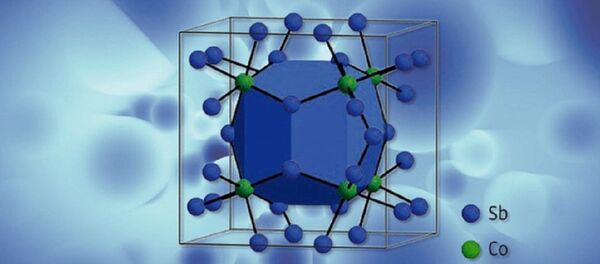Human bone tissue remained unique in its characteristics for a long time: it is both durable and elastic, which allows it to stay functional for decades despite constant cyclic stress. Sometimes, however, bones suffer so much damage that they need to be replaced.
Just like the previous titanium alloy, this new titanium-zirconium-niobium alloy is very resilient to an aggressive environment, such as the human body. Since its elasticity matches that of human bone, implants made from this alloy are much more durable.
READ MORE: Russian Scientists Create Ultrasound Cancer Ablation Equipment
READ MORE: Russian Scientists Fight Cancer Using Extract From Mysterious Sea Creature
The new superelastic alloy can also be used in personalized medicine. Researchers have already learned how to turn it into a powder of a predetermined composition. This made the new material suitable for additive technologies, which is why now one can make personalized metal implants with a predetermined degree of porosity using a 3D printer.




